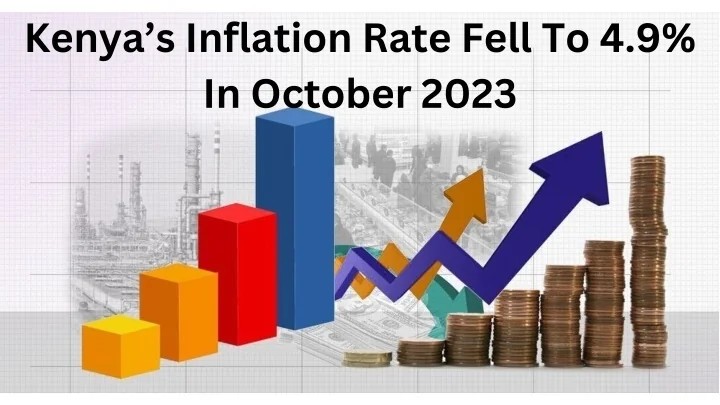
The Central Bank of Kenya (CBK) has emphasized a stable economic environment, showcasing significant developments in inflation, exchange rates, foreign exchange reserves, money market activities, government securities, and the equity market.
The report, published on October 31, 2025, which covers the week ending October 30, 2025, offers a detailed analysis of Kenya’s monetary and financial conditions, indicating resilience in the face of domestic and regional economic changes.
Inflation amidst controlled price pressures
Headline inflation held steady at 4.6% for both October and September 2025, a situation primarily linked to the declining prices of certain food items.
Core inflation, which excludes the fluctuating prices of food and energy, decreased from 2.9% in September to 2.7% in October, demonstrating controlled underlying price pressures. Conversely, non-core inflation increased from 9.6% to 9.9%, mainly due to rising energy and transport costs, highlighting areas that may need careful observation.
Headline inflation held steady at 4.6% for both October and September 2025, a situation primarily linked to the decreasing prices of certain food items.
Core inflation, which omits the fluctuating food and energy prices, fell from 2.9% in September to 2.7% in October, indicating that underlying price pressures are being managed effectively. Conversely, non-core inflation increased from 9.6% to 9.9%, mainly due to rising energy and transportation costs, suggesting that these areas may need careful observation.
Stable exchange rate
The Kenyan shilling exhibited stability against key international and regional currencies, maintaining an exchange rate of Ksh 129.24 per U.S. dollar on October 30, unchanged from the previous week.
“The Kenya Shilling remained stable against major international and regional currencies during the week ending October 30, 2025. It exchanged at KSh 129.24 per U.S. dollar on October 30, unchanged from October 23,” read in part.
This stability is bolstered by strong foreign exchange reserves, which were at USD 12.19 billion as of October 30. These reserves provide 5.3 months of import cover, surpassing the CBK’s statutory minimum requirement of 4 months, thus ensuring a solid buffer against external shocks.
The money market remained liquid, with commercial banks holding excess reserves averaging Ksh 12.4 billion above the 3.25% Cash Reserve Ratio (CRR). The Kenya Shilling Overnight Interbank Average Rate (KESONIA) remained stable at 9.26%, although interbank transactions decreased to an average of 23 from 30 the previous week, with the traded value falling from Ksh 14.5 billion to Ksh 11.3 billion.
This indicates a slight contraction in interbank activity, potentially due to seasonal factors or liquidity management.



